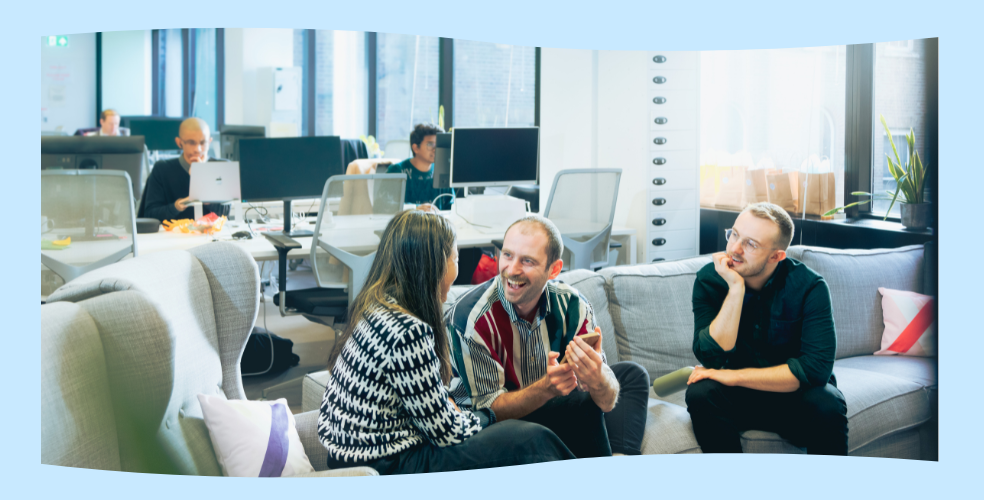Although it is commonly discussed as a single concept, cloud computing is actually an umbrella term encompassing a range of different functions. Cloud providers typically offer these services within a technology platform, enabling organisations to pick and choose, outsourcing different areas of their computing needs in line with business aims.
This makes cloud technology a highly flexible and functional tool that is relevant for all organisations - whether they need basic storage or to build a suite of enterprise services.
So if you're wondering how many types of cloud services there are, here's a round up of top five you might consider for your organisation:
1) Cloud infrastructure services
A good way of thinking about Infrastructure as a Service (IaaS) is outsourcing computer infrastructure and power. IaaS provides basic computing functions for your organisation, replacing the need to buy servers or build physical data centres. It's an economic way of sourcing processing power, as there are typically no upfront costs, and computing requirements can easily be scaled up or down according to need.
Real world use cases for IaaS might include hosting a website, storage, or providing the benefits of built-in firewalls and security. IaaS allows software engineers to focus on building and maintaining software without having to worry about the infrastructure side of things as much.
2) Cloud-based Platform as a service
With Platform as a Service (PaaS), cloud providers offer the provisioning of environments that organisations need to build, test, deploy, manage and update their software. PaaS enables software engineers to develop software applications without having to worry about the infrastructure that supports them, underlying software licenses or development tools. Software engineers can easily develop software for multiple platforms, the amount of work they have to do is reduced, and they can benefit from additional tools such as data analytics to inform their decisions.
3) Serverless cloud computing
Serverless computing is so named because it removes the need for organisations to manage computer infrastructure. While this might sound a lot like IaaS or PaaS, serverless offers a host of additional benefits. Organisations don't have to worry about maintaining their operating system, and software development is made easier and faster.
When applications are built in serverless environments, the cloud provider takes care of scaling, compliance and security. Importantly, serverless architectures are also typically consumption-based, meaning that they only execute code (and use resources) when a specific event or trigger occurs. This means that an organisation only pays for the time code is actually used. This is an advantage over IaaS and PaaS, where cloud providers charge organisations to host their platforms regardless of usage.
4) Cloud Software as a Service
SaaS delivers software on demand to customers, usually via a subscription model or a pay as you go approach. Cloud providers who offer software as a service manage the infrastructure, data and security associated with an application. This gives organisations the software requirements they need without the hassle: the SaaS provider takes care of updates, backs up data, and enables users to access an application from anywhere and on any device.
5) Desktop as a Service in cloud computing
This emerging use of cloud technology delivers the computing environments of our desktops and laptops via the cloud. This is also known as a Virtual Cloud Desktop and is currently offered by Amazon WorkSpaces, Microsoft's Windows Virtual Desktop, and Google Chromebook devices.
Under this model, organisations pay for the time their employees spend working at their computers. Rather than having to manage each desktop individually, the organisation has centralised control over each device, standardising software updates, security and best practice across the network. DaaS is extremely flexible and easy to scale as people join or leave an organisation.

Implementing a global people analytics system for a leading bank
How we delivered a scalable HR analytics platform for one of the world’s biggest banks to meet its people's needs
Read moreOur recent insights

Tennis on the net: a technology game-changer
Serving up multi-cam streaming for the Lawn Tennis Association
Read more
What VAR can teach us about digital transformation
There are valuable lessons to be learnt about implementing technology from the recent football controversies
Read more
Getting started with your Drupal 7 to Drupal 9 migration
Our Lead Software Engineer recommends the best ways to take on the Drupal 7 to Drupal 9 upgrade.
Read more

